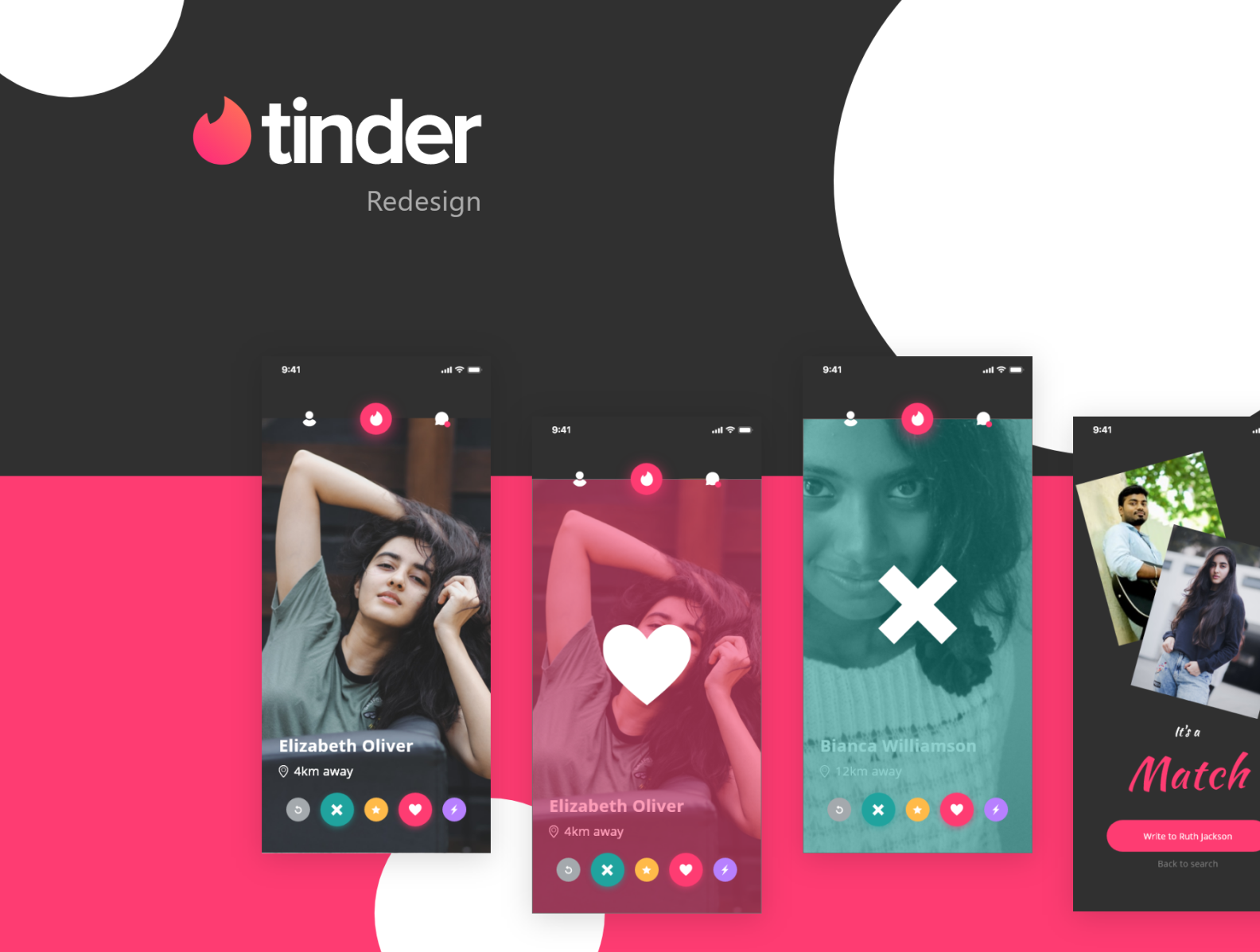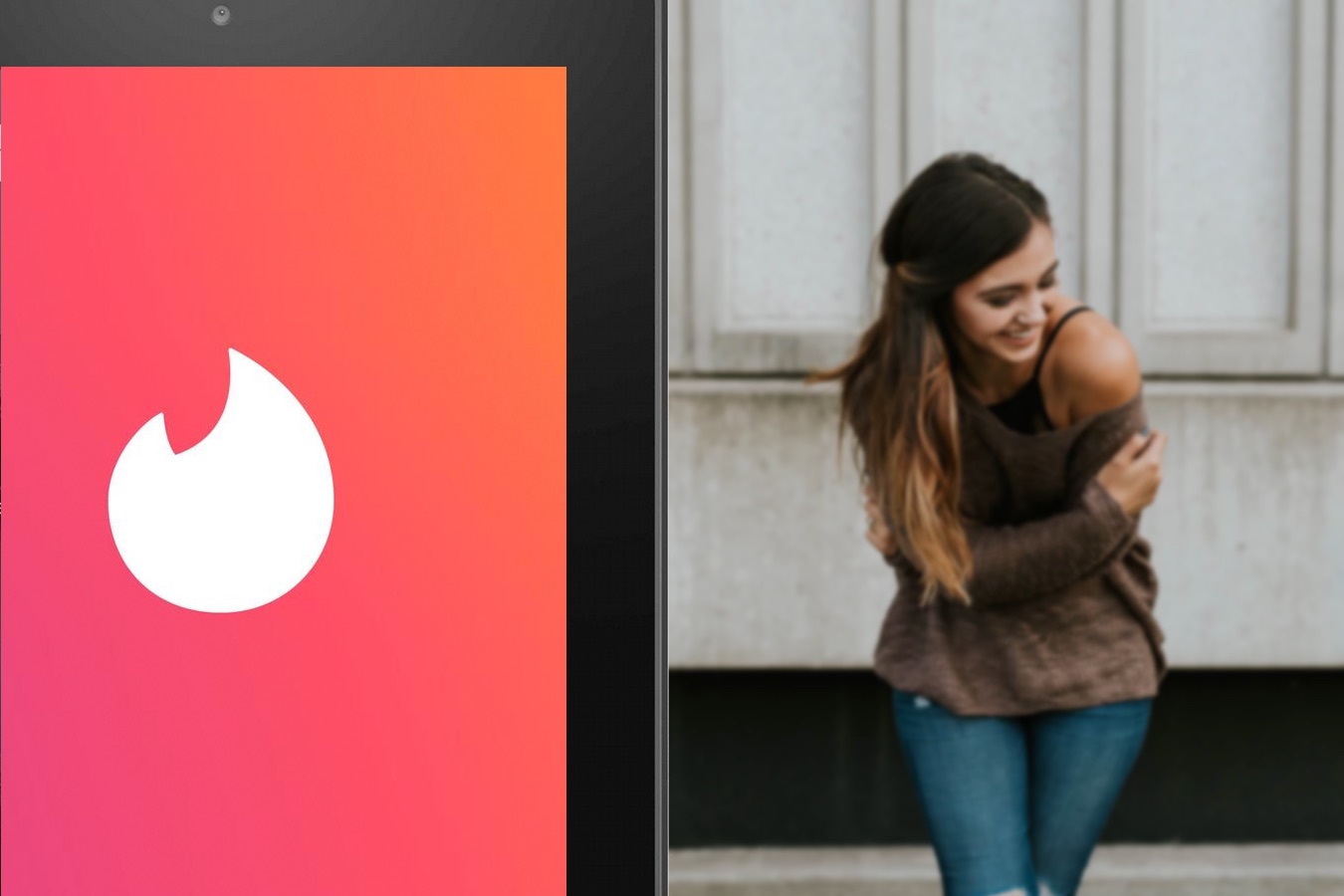
‘Hardballing’: How young people are getting what they want from online datingįor Michael Roselfeld, a sociology professor at Stanford University and an expert in dating and social networks, this is due more to a generational gap than to a stigma associated with Tinder. “They would not see my partner in the same way if I told them that I met him on Tinder as if I told them that I met him at a party or on Instagram.” More information “I didn’t tell my parents that I met him on Tinder,” says Andrea. “But he spoke to me again.” Her friends accepted the virtual crush without problems, but with her parents the story changed. “We matched on Tinder, we started talking, and I stopped answering him because I wasn’t interested or I didn’t see the message,” says Andrea. Although she did it just to entertain herself, as with any other social network, she ended up finding her current partner in November of that same year. At the beginning of 2020, she downloaded the application for the first time.

“It offered its users ease of use and reduced the stigma that online dating is for losers.”Īndrea, a 23-year-old university student from A Coruña in Spain, does not entirely agree. “Tinder has been the biggest disruptor of online dating in over a decade,” says Damona Hoffman, a dating expert and writer. In the midst of an explosion of new platforms – Instagram was launched in 2010 and Snapchat in 2011 –, the Californian app combined the burgeoning interest in connecting with other people through the internet with the search for partners. And Tinder introduced this recipe for success among the rest of the population. A few years earlier, Grindr, created in 2009, had contributed to normalizing online contact among men who have sex with men.

Tinder, created 10 years ago by Sean Rad, an American businessman in his twenties, revolutionized sexual relationships by opening online dating to a broader audience.


 0 kommentar(er)
0 kommentar(er)
